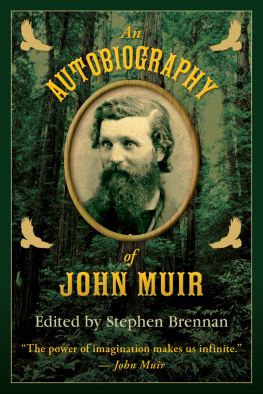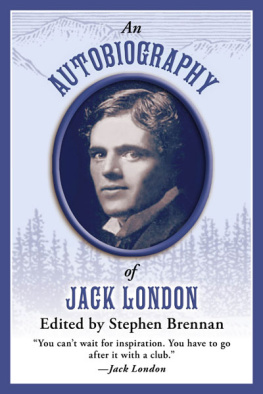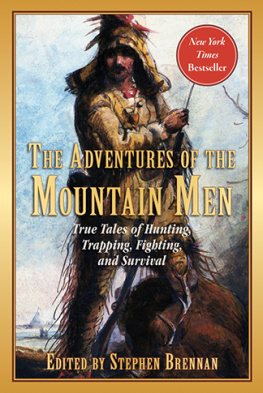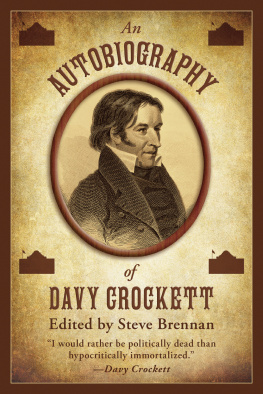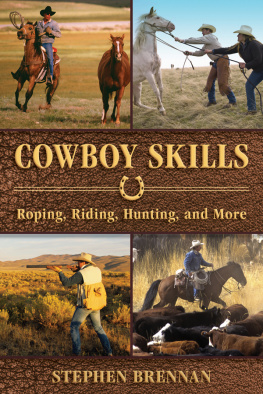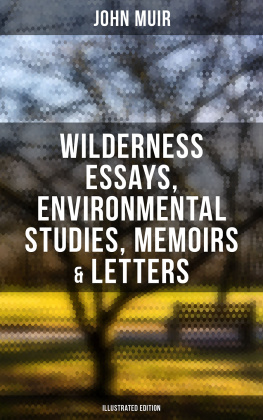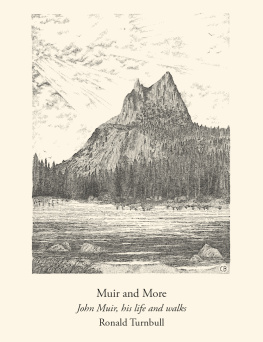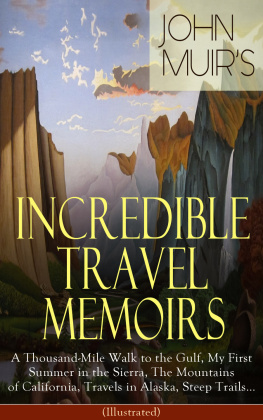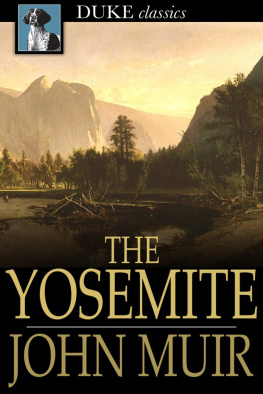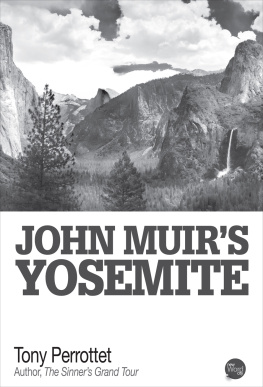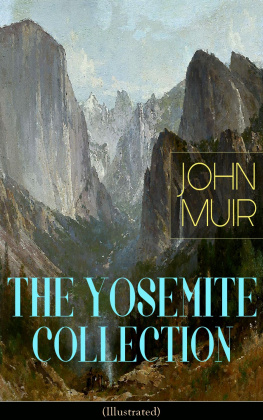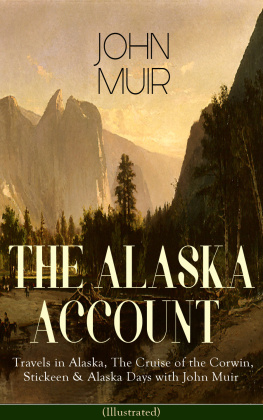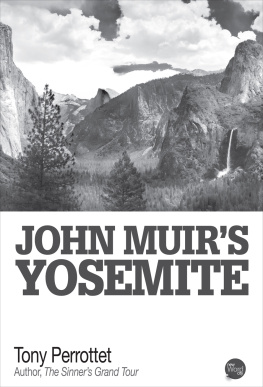Arrangement and Introduction Copyright 2014 Stephen Vincent Brennan
All Rights Reserved. No part of this book may be reproduced in any manner without the express written consent of the publisher, except in the case of brief excerpts in critical reviews or articles. All inquiries should be addressed to Skyhorse Publishing, 307 West 36th Street, 11th Floor, New York, NY 10018.
Skyhorse Publishing books may be purchased in bulk at special discounts for sales promotion, corporate gifts, fund-raising, or educational purposes. Special editions can also be created to specifications. For details, contact the Special Sales Department, Skyhorse Publishing, 307 West 36th Street, 11th Floor, New York, NY 10018 or .
Skyhorse and Skyhorse Publishing are registered trademarks of Skyhorse Publishing, Inc., a Delaware corporation.
Visit our website at www.skyhorsepublishing.com.
10 9 8 7 6 5 4 3 2 1
Library of Congress Cataloging-in-Publication Data is available on file.
Cover design by: Jane Sheppard
ISBN: 978-1-62873-767-7
eISBN: 978-1-62914-136-7
Printed in the United States of America
Contents

Introduction
Strange friend, I said, here is no cause to mourn.
None, said the other, save the undone years,
The hopelessness. Whatever hope is yours
Was my life also; I went hunting wild
After the wildest beauty in the world.
Wilfred Owen
STRANGE MEETING
I only went out for a walk, but finally concluded
to stay out til sundown, for going out, I found,
was really going in!
John Muir

J ohn Muir was born on April 21, 1838, in the seaport town of Dunbar, East Lothian, Scotland, to Daniel Muir and Ann Gilrye. The third of eight children, young John spent his early boyhood rough-housing with his friends in the wild places, the broken heathery fields and sea-cliffs that surrounded the town. His family practiced a strict Presbyterianism and they (especially his father) tended to regard any occupation other than schoolwork and Bible-study as frivolous activity and a waste of time. Thus little John, who gloried in the rowdy, unchecked out-of-doors adventures with his friends was often punished; subject to lashings, as he was later to recall it. Still, by his eleventh year, Muir was later to claim, he had memorized all of the New Testament and much of the Old Testament. Already we can see evident, even at this tender age, several facets of his character that were to make the man; a love of a life out-of-doorsthe adventure of ita budding spiritualism and the sense of the importance of faith in a persons lifethe struggle of itand a personal integrity, and a quiet discipline, which were to prove hallmarks of his life and work.
In 1849 the Muirs emigrated to the United Statesfirst the father and sons, John and elder brother Danthe rest of the family was to follow. In America they joined the church of the Disciples of Christ. Daniel Muir considered the Presbyterian Church in America insufficiently rigorous. They established a farm near Portage, Wisconsin; clearing the land, building a house, planting and getting in the first crops. The work was hard, backbreaking and seemingly unending; but still, the brothers Muir were sometimes able to escape the severe and judgmental eye of their father to roam the woods, the lakesides and the rich green dells. They were high-spirited, were these boys, and they seemed to take the inevitable corporal punishments meted out by their father in their stride, if not quite, as in justice, their due. Apart from his school-work, his farm-work, Bible-study and church, John found time to undertake his own study of higher arithmetic, and to fashion various inventions of his own devising.
In 1860 John Muir (aged 22) matriculated at the University of Wisconsin, in Madison. He supported himself by taking all manner of odd jobs. His family might well have assisted him, their homestead, Fountain Lake Farm, was prosperous, but
When I told father that I was about to leave home, and inquired whether, if I should happen to be in need of money, he would send me a little, he said, No; depend entirely on yourself. Good advice, I suppose, but surely needlessly severe for a bashful, home-loving boy who had worked so hard.
Initially, Muirs plan was to study the practical sciences, with the aim perhaps of making himself an engineer, and to thereby further his already considerable prowess as an inventor. But he soon found himself captivated by the study of the natural worldGods inventions he called themand switched the focus of his inquiries to the life sciences, to biology and to chemistry and geology. Whenever he could manage it, he would flee to the backwoods, the wild places and there undertake his own separate course of studyin the book of nature.
In 1864, with the Civil War well into its fourth bloody year, flight took on another meaning altogether, as John downed his books and followed his brother Dan to Canada. There is some dispute as to whether the brothers Muir can be fairly tagged as draft dodgers. Neither young man was actually a citizen (John was to be naturalized years later) and their names did not appear on the draft rolls, but there can be little doubt that their intention was to avoid the whole awful man-killing mess. John spent the warm months tramping the forests around Lake Huron and studying the wetland flora. Eventually the brothers joined up and found work together at a sawmill in Ontario.
Nearly a year after the Wars end, in March of 1866, John returned to the United States, taking a job in a wheel factory in Indianapolis. There he suffered an accident that was to nearly cost him his sight. A tool slipped, hit his eye, and he was struck blind. For six weeks he lay healing in a darkened room. The example of the story of the blinding of Saint Paul on the road to Damascus and of the saints subsequent conversion and radical change of outlook could not have been lost on the heavily bearded young nomad and Bible scholar.
His recovery complete, Muir decided to be true to myself and to dedicate himself to the thingsand to a lifehe best loved: exploration and the study of the natural world. The next year he began his now famous hike from Indiana to Florida (chronicled in his 1916 book A Thousand-mile Walk to the Gulf ). In Florida he caught a boat to Cuba, and for a time delighted himself investigating the diverse and myriad tropical flora. But a bout of malaria put paid to this idyll, and he soon sailed for New York City. From there he took passage to San Francisco, thence to Yosemite in the Sierra Nevada, there to begin the real work of his life.
The number of autobiographical worksmemoirs, reminiscences and journalsby Muir is considerable and well beyond the scope of any single volume, but even so, this version of An Autobiography of John Muir offers a sampling of some of his more telling publications, articles and essays. It is composed of a slightly edited rendering of Muirs 1913 book The Story of My Boyhood and Youth , selections from My First Summer in the Sierra, and Stickeen;
the aim being, as T.E. Shaw put it, to deduce the author from the self-betrayal in his work. The illustrations have been chosen from contemporaneous photos, as well as plans, sketches and drawings, many of them by Muir himself.
Stephen Vincent Brennan

